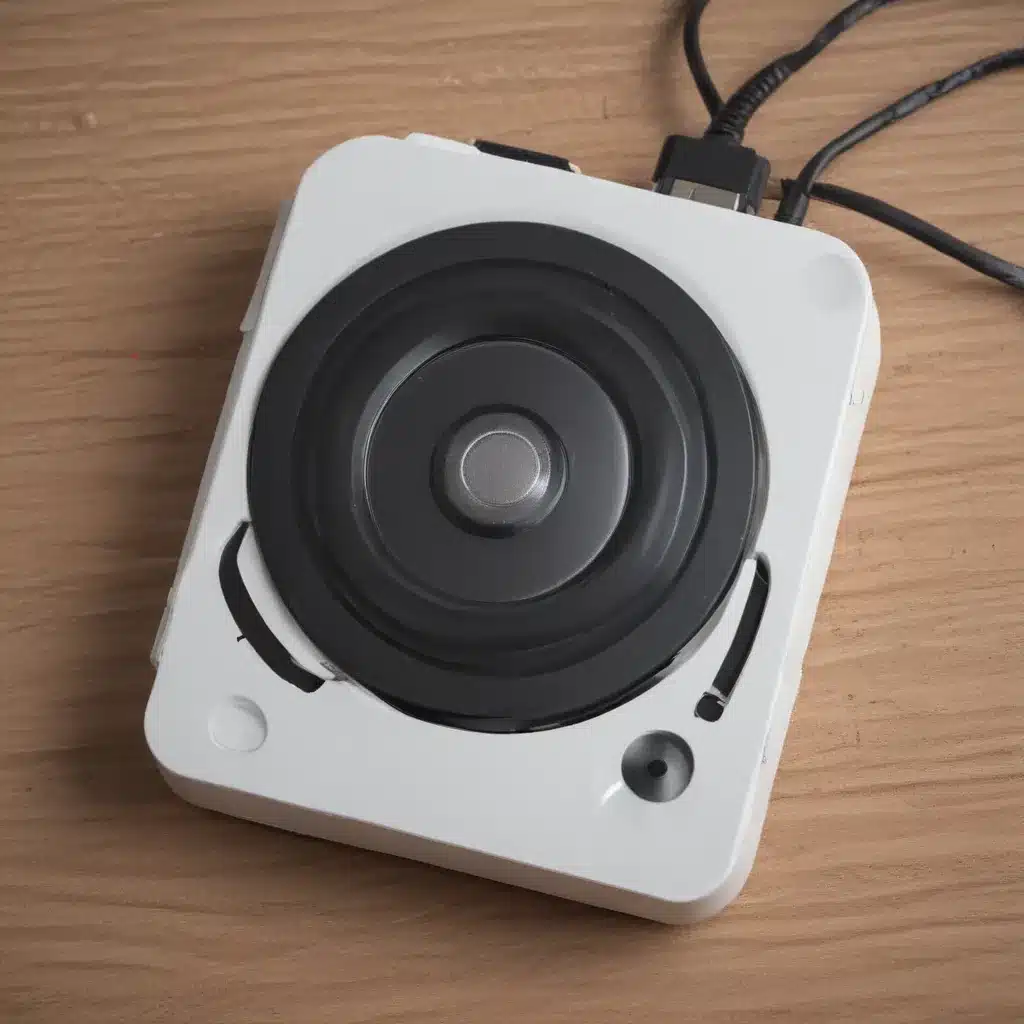Ah, the dreaded external drive failure – a tech calamity that can strike fear into the heart of even the most seasoned computer user. But fear not, my friends! Today, I’m here to guide you through the harrowing journey of data retrieval, like a trusty Sherpa leading you through the perilous peaks of the digital landscape.
Assessing the Situation
First things first, let’s take a deep breath and assess the situation. When your external drive decides to take an unexpected vacation, it can feel like the world is crumbling around you. But don’t panic! The key is to approach the problem with a cool head and a little bit of detective work.
One of the most common signs of an external drive failure is a flashing white light or the drive refusing to mount on your system. If you find yourself in this predicament, take a moment to reflect on your recent activities. Did you happen to be in the middle of a large file transfer when the drive decided to take an early tea break? [2] This could be a clue that the drive has become corrupted, and your data may be in peril.
Trying Basic Troubleshooting
Now, don’t go reaching for the panic button just yet. There are a few simple troubleshooting steps you can try before diving into the deep end of data recovery. [1]
First, try unplugging the drive and letting it rest for a few minutes. Sometimes, a bit of a breather can work wonders, and the drive may come back to life, good as new. If that doesn’t do the trick, try plugging the drive into a different USB port or even a different computer. Sometimes, the issue can be as simple as a faulty connection.
If you’re still encountering issues, it’s time to take a peek under the hood. Head over to your trusty Disk Utility (or the Windows equivalent) and see if the drive is even being recognized. [2] If it’s showing up but not mounting, there may be a file system issue that needs addressing.
Exploring Recovery Options
Alright, so the basic troubleshooting steps haven’t done the trick, and you’re starting to feel the familiar pangs of data loss creeping in. Fear not, my friend, for there are still a few tricks up our sleeves.
If your drive is being recognized but refusing to mount, you might need to try a more advanced recovery method. [2] This could involve using a data recovery software like DiskDrill or Recuva to scan the drive and attempt to retrieve your files. Be warned, though, this process can be time-consuming and may not always yield the desired results.
In a worst-case scenario, you might need to call in the big guns – a professional data recovery service. These experts have the tools and the know-how to tackle even the most stubborn of drive failures. [3] While it may cost you a pretty penny, it could mean the difference between losing your precious data forever and getting a second chance at digital redemption.
Preventing Future Heartbreak
Ah, but why wait until disaster strikes to take action? The best way to deal with an external drive failure is to be proactive and take steps to prevent it in the first place. [4]
Consider investing in a reliable backup solution, like an additional external drive or a cloud storage service. That way, even if your primary drive decides to take an unexpected vacation, you’ll have a safe haven for your data. And don’t forget to regularly check the health of your drives – a little preventative maintenance can go a long way.
Remember, my friends, data loss is a merciless foe, but with the right tools and a bit of determination, you can emerge victorious. So, the next time your external drive decides to pull a disappearing act, don’t despair – just follow these steps, and you’ll be on your way to data retrieval glory.
[1] https://support.google.com/chromebook/answer/1080595?hl=en
[2] https://community.wd.com/t/mypassport-won-t-mount-flashing-white-light/286295
[3] https://discussions.apple.com/thread/254042069
[4] https://askubuntu.com/questions/916608/external-hard-drive-failure-data-recovery-highly-possible-hardware-error













